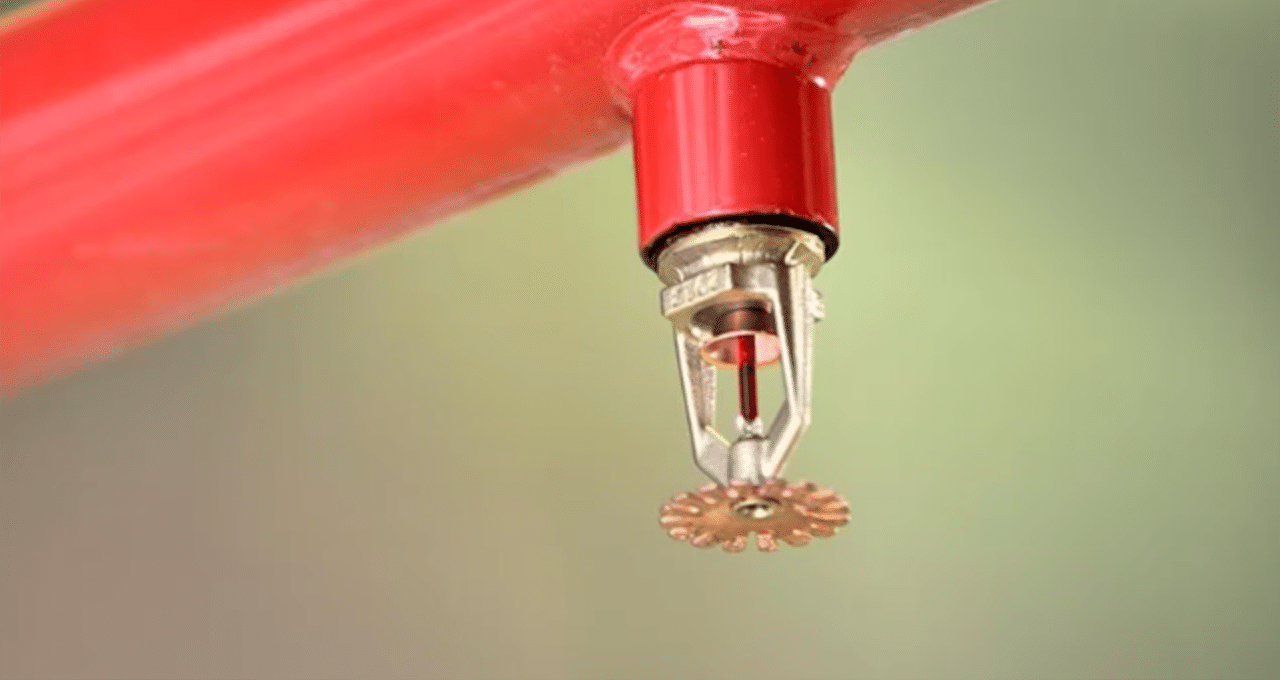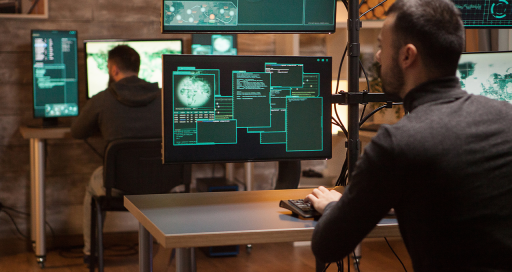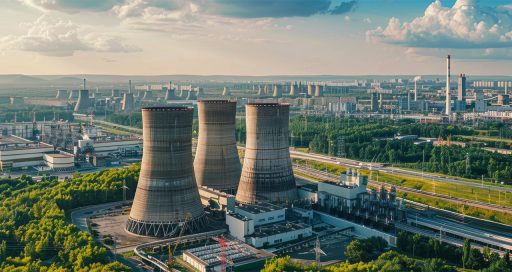VINCI Energies has developed a new design assistance tool based on algorithms and learning through reinforcement. SprinkIA optimises productivity in the design phase prior to installing solutions in a building.

Sprinklers that activate automatically in response to a rapid rise in temperature are now part of the landscape. They are everywhere you look on a protected site such as a store or warehouse. These sprinklers are distributed across the ceiling according to the floor layout below, and are interlinked by pipes that converge on a control station.
The design of a sprinkler system for a given location must meet precise standards and contend with various parameters that have to be calibrated for each use case. Traditionally, the design process includes several phases.
“The application of AI algorithms to technical building design and fire protection is a real innovation.”
The technician starts with costing, including an estimate of the number of sprinklers required. Next comes a study phase with network sizing, hydraulic calculations and optimal sprinkler head positioning, often to the nearest centimetre. Once the plan has been drawn up, manufacturing modules are identified so that production of the fire protection system components can begin.
But as Stéphane Maviel, Development Manager at DIANE (VINCI Energies), points out, “At this late stage, you might realise that if you had moved one head a few centimetres, it would have simplified the production phase, saving both time and money.”
So, how can we bring agility to this process? United under the Uxello banner, VINCI Energies business units in France dedicated to fire protection have turned to artificial intelligence and developed a new procedure for designing active fire protection systems: SprinkIA.
Generative design
Its design driven by Stéphane Maviel, this innovation takes a generative design approach, combining the processing power of the Cloud with AI algorithms to help engineers create a system.
SprinkIA may be compared to a virtual technician playing with all possible permutations of a network. It will play a set number of games. For each game, it is assigned a score, and based on this series of assessments, it will learn, improve and determine the optimal strategy for laying out the network thanks to its learning-by-reinforcement algorithm.
“The application of AI algorithms to technical building design and fire safety is a real innovation,” says Stéphane Maviel. “Before now, AI has been used mostly for image recognition and in the financial sector.” He continues, “With SprinkIA, you have three strings to your bow: the design engineer uses it to create a network that takes hydraulic calculations into account and is therefore already sized and configured for the factory.”
This means that savings can be made at every stage of the process. “Even though the project’s initial focus was on optimising tender bids in the costing phase, we realised that we could also save time in the design and production phases.”
Ultimately, Uxello business units also save time on the worksite, as standardisation allows faster deployment on site, with fewer questions raised about allocation.
SprinkIA was rolled out in autumn 2020. The solution will be supplied by a new VINCI Energies organisation, DIANE, which will also be responsible for replicating the fire protection use case to the Group’s other business activities where 2D and 3D design and calculation software like AutoCAD or Revit is used, such as HVAC (heating, ventilation and air conditioning).
This innovative tool promises a range of benefits, including decision-making support, automation, optimisation, and ultimately, productivity.





